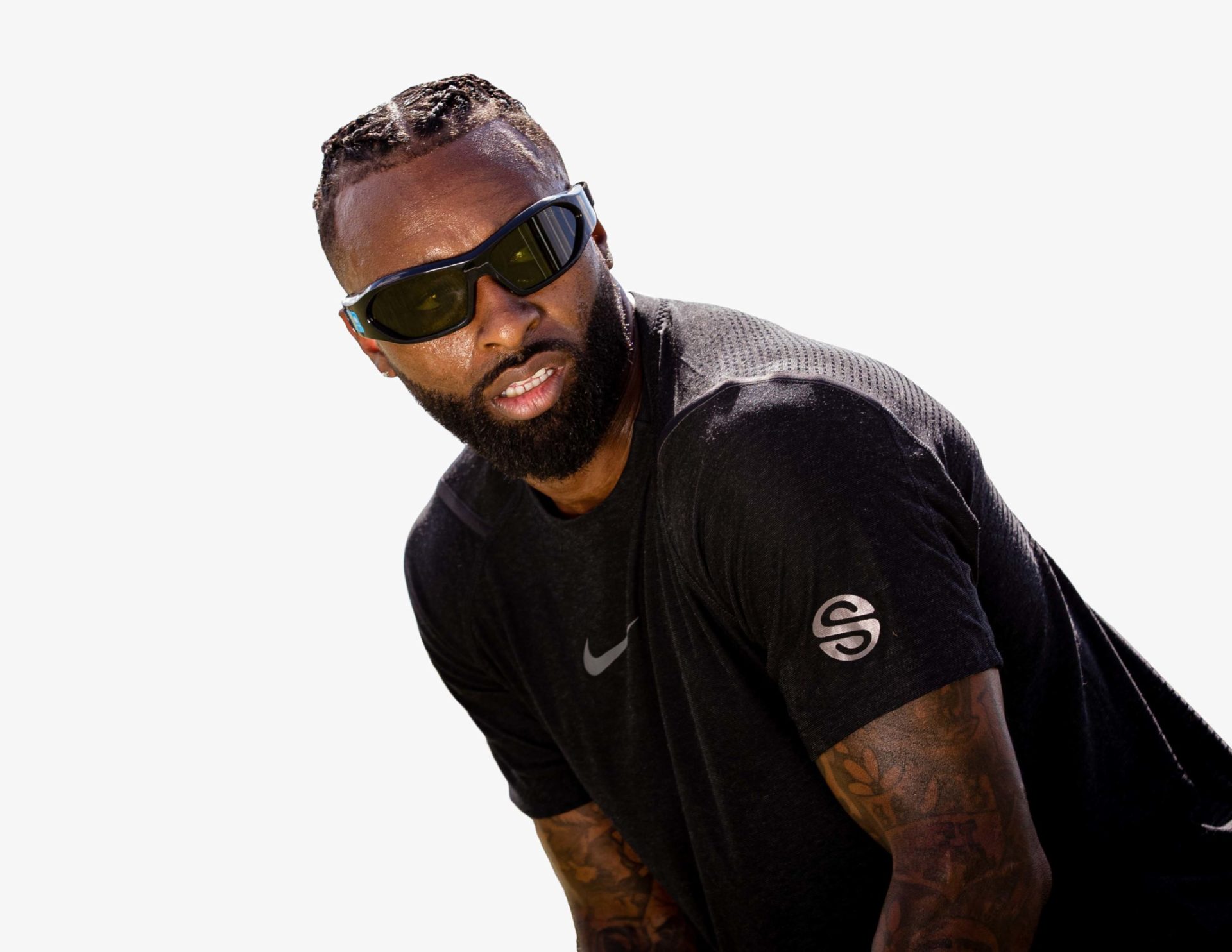Steph Curry is one of the NBA’s best 3-point shooters, and according to Bleacher Report, that is due in part to his vision performance training with strobe glasses, which are eyewear devices that produce specific visual conditions by alternating between transparent and opaque lighting. Stroboscopic training can improve the way the body’s sensory, motor, and cognitive systems function together, and is one way professional athletes like Curry and Jarvis Landry have been working to develop elite vision performance.
As opposed to visual acuity which measures clarity, vision performance refers to the intimate connection between the eyes, the brain, and the sensorimotor system, which drives athletic performance. Specifically, vision performance evaluations test 14 visual categories, including hand-eye and body-eye coordination, reaction time, visual concentration, peripheral vision, eye tracking, eye focusing and depth perception.

“Having your eyes move a fraction of a second faster than your opponents can mean the difference between winning and losing,” according to Dr. Keith Smithson of Sports Vision Pros and team optometrist for the Washington Nationals. This technology extends past athletics and into everyday lives.
From elite to the masses
Beyond elite athletes, consumers are now also seeking to optimize their vision performance. Comprehensive eye examinations provide indicators of visual categories that might be impacting an individual’s performance on the field or at a desk. If an issue is found or improvements are desired, vision training is implemented, using a combination of home and in-practice training techniques.
“Applications that were once only accessible to elite athletes or through rare medical trials are now available to everyday consumers thanks to developing technology, economies of scale, increased consumer demand, and startup investments from major brands,” said Ruth Yomtoubian, senior director of the VSP Global Innovation Center. The VSP Global Innovation Center is the hub that harnesses VSP Global’s industry expertise alongside partners to bring innovative products, services, and experiences to market.

The eye as a tool for more than just vision
According to a recent report from CB Insights, ‘eye-as-a-tool’ is an active area of scientific research and technological development where patent filings have increased more than 700% in the past decade. While startup funding in the space is still in its early stages (at $113 million in 2020), it has doubled since 2016 when it was only at $57 million.
Some companies, like EyeControl and Tobii, are using AI-powered eye tracking as a communication tool, allowing people with disabilities to live more independently. For example, it allows ventilated patients to use eye movements to communicate. The report also points to a UK-based painter who lives with ALS and uses technology to create art with her eyes.
In a post-pandemic world where workforces are increasingly distributed, vision has taken on a new level of importance in the workforce to facilitate everyday tasks. Startups like 4tiitoo leverage AI-powered eye tracking to monitor those working on computers to increase their productivity, ergonomic comfort, and relationships in the workplace.
“Consumers are taking responsibility to optimize and manage their physical, cognitive, emotional, occupational, and social performance with new products and training. At the VSP Global Innovation Center, we believe innovations that help consumers achieve a higher level of performance are ripe to become mainstream, and that’s just one exciting area our team is looking into,” added Yomtoubian.
A Call to Innovators
The VSP Global Innovation Center is actively looking to partner with organizations and innovators to develop and deliver life-improving products, experiences, and services for the company’s clients, members and network doctors. Get in touch with them at [email protected].
—-
Chris Perry is Innovation Principal at the VSP Global Innovation Center.















